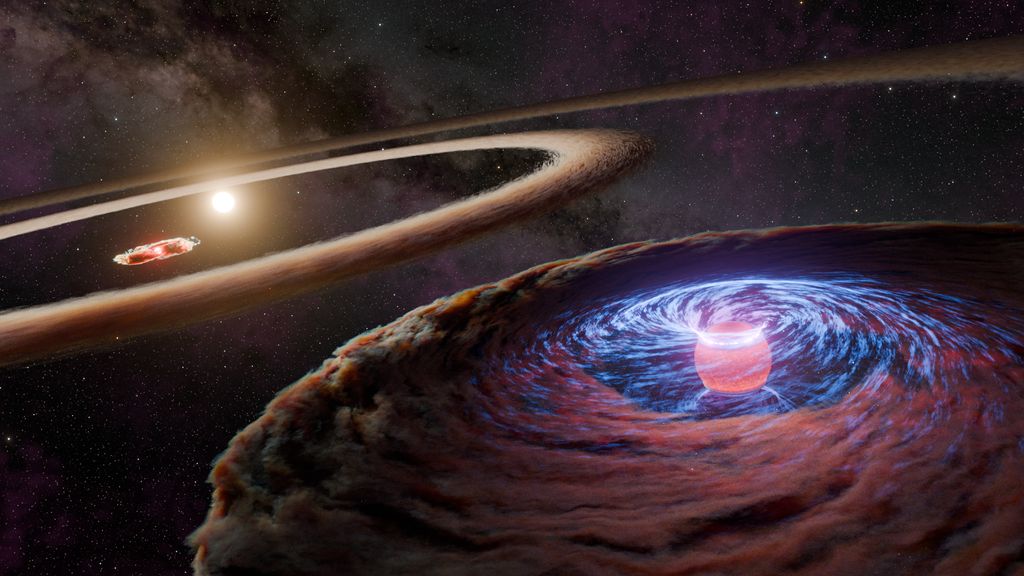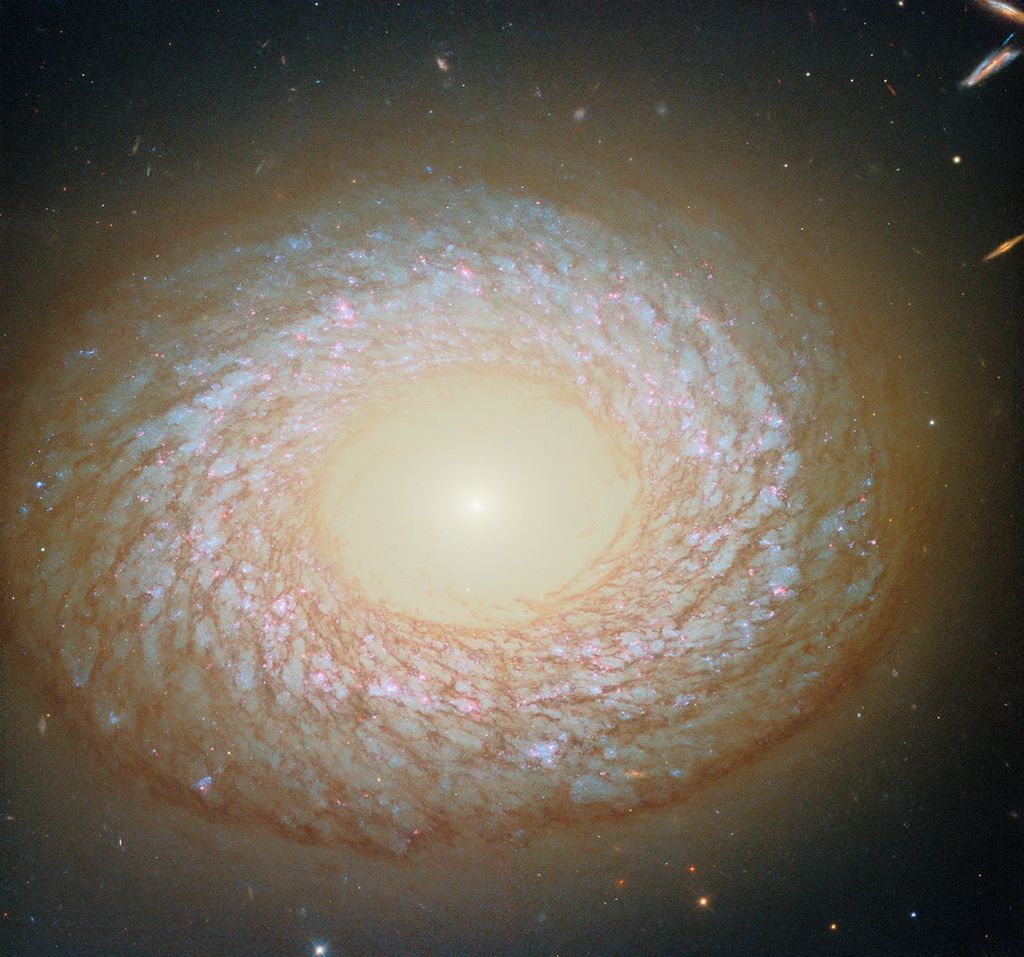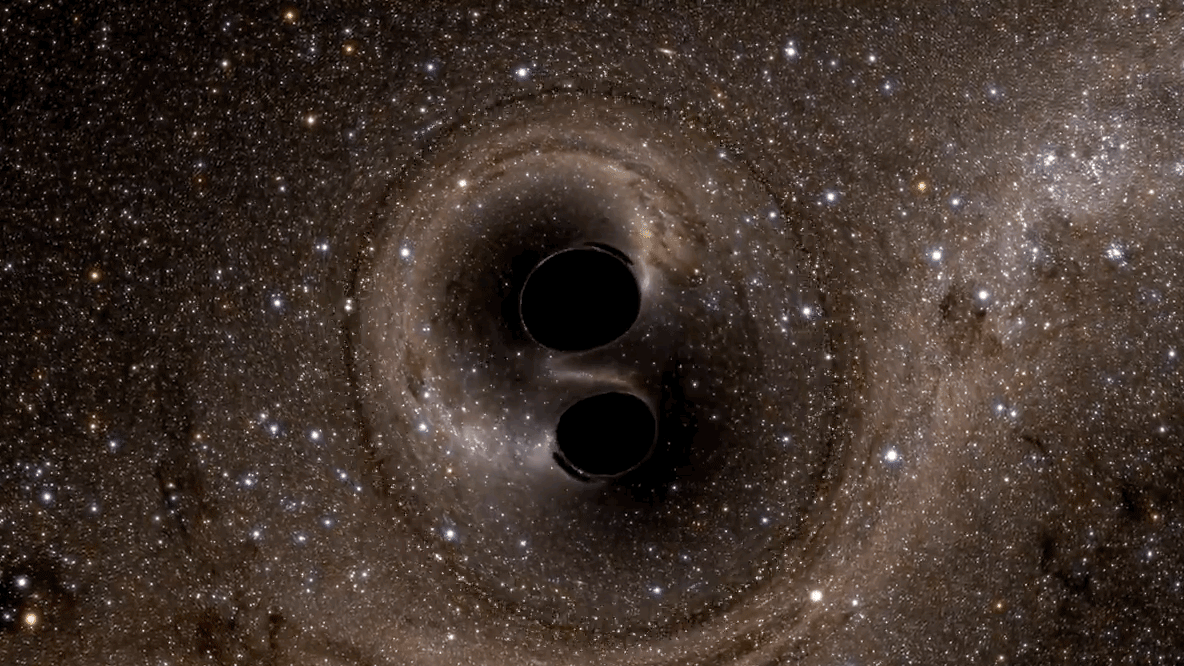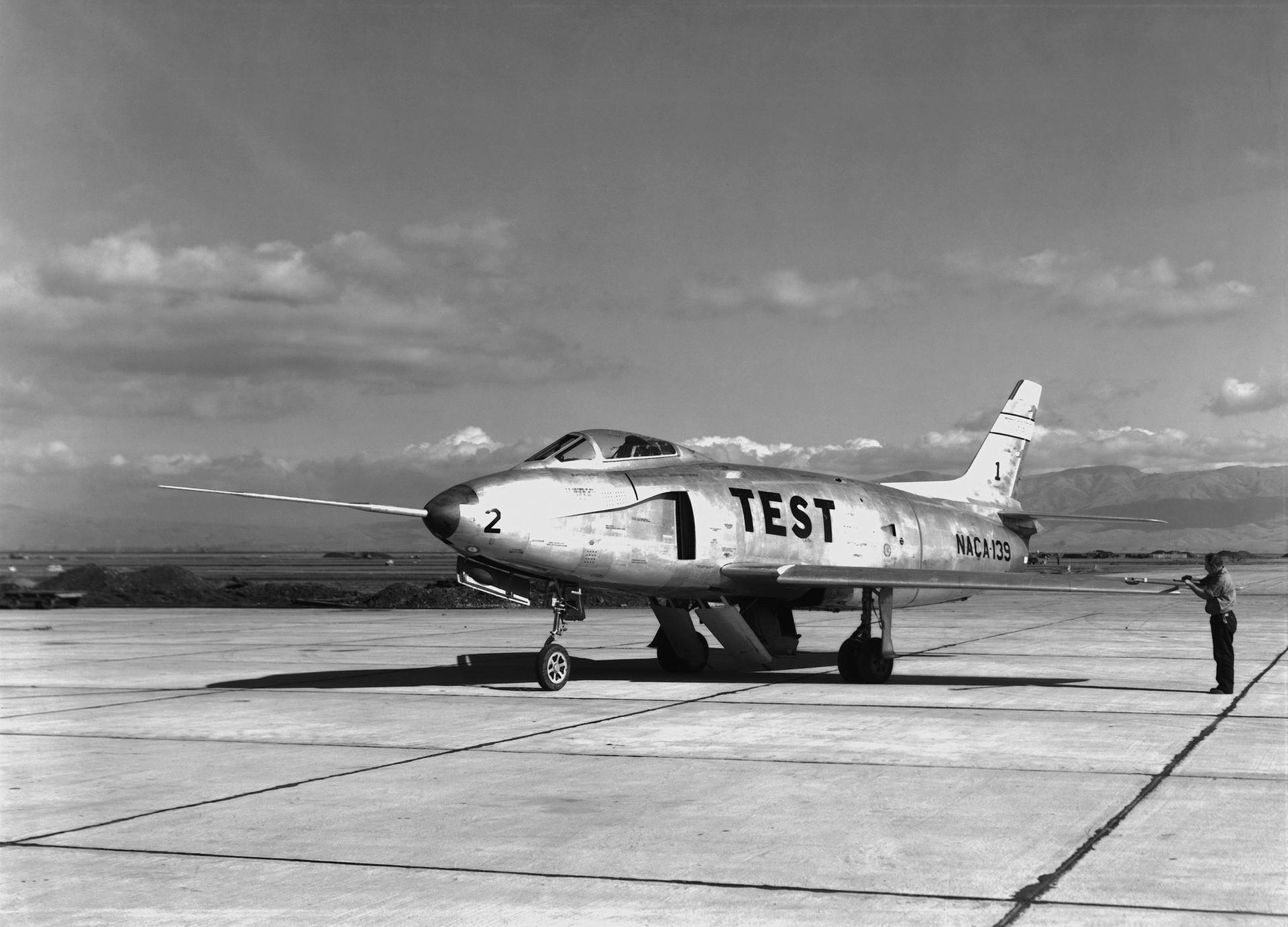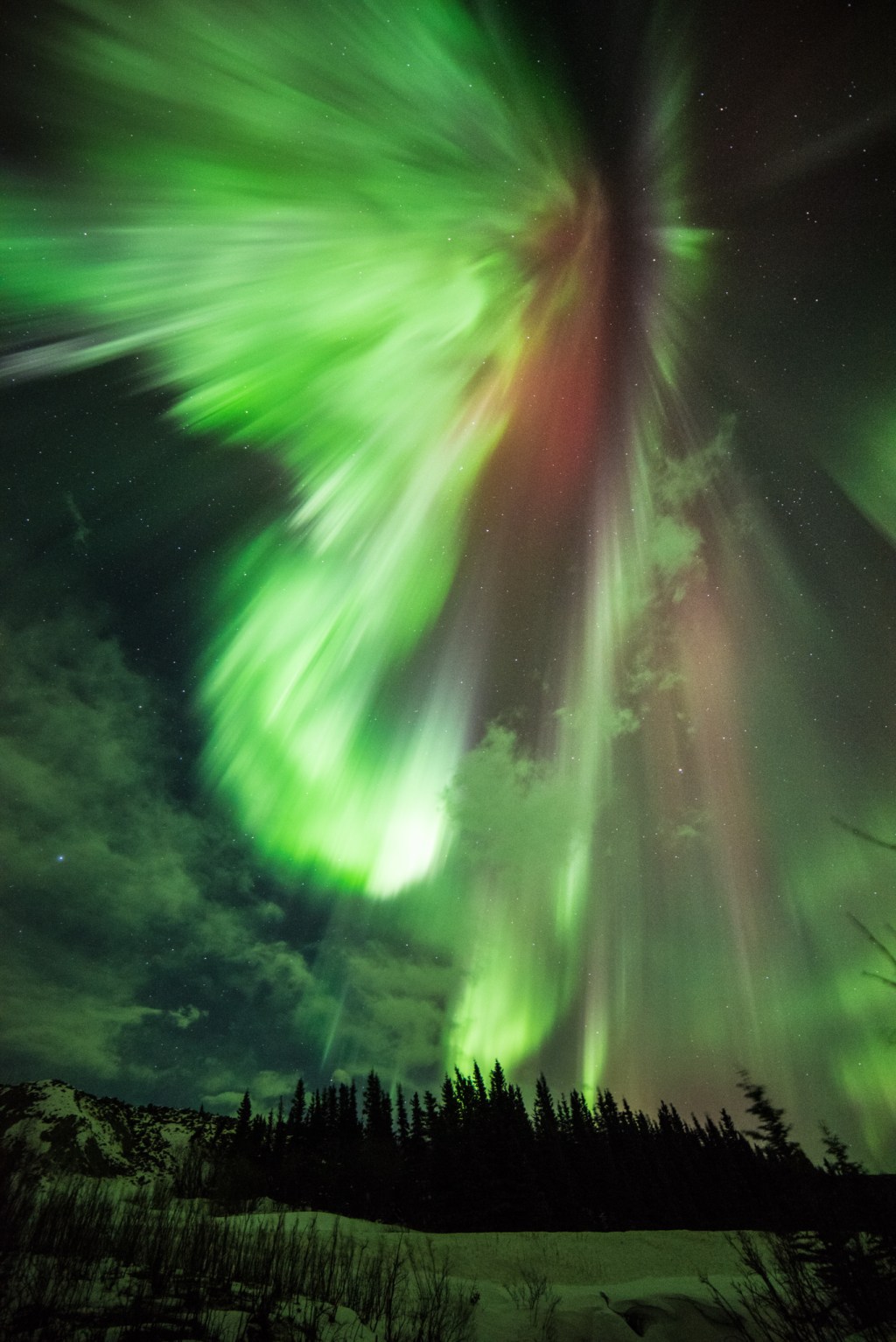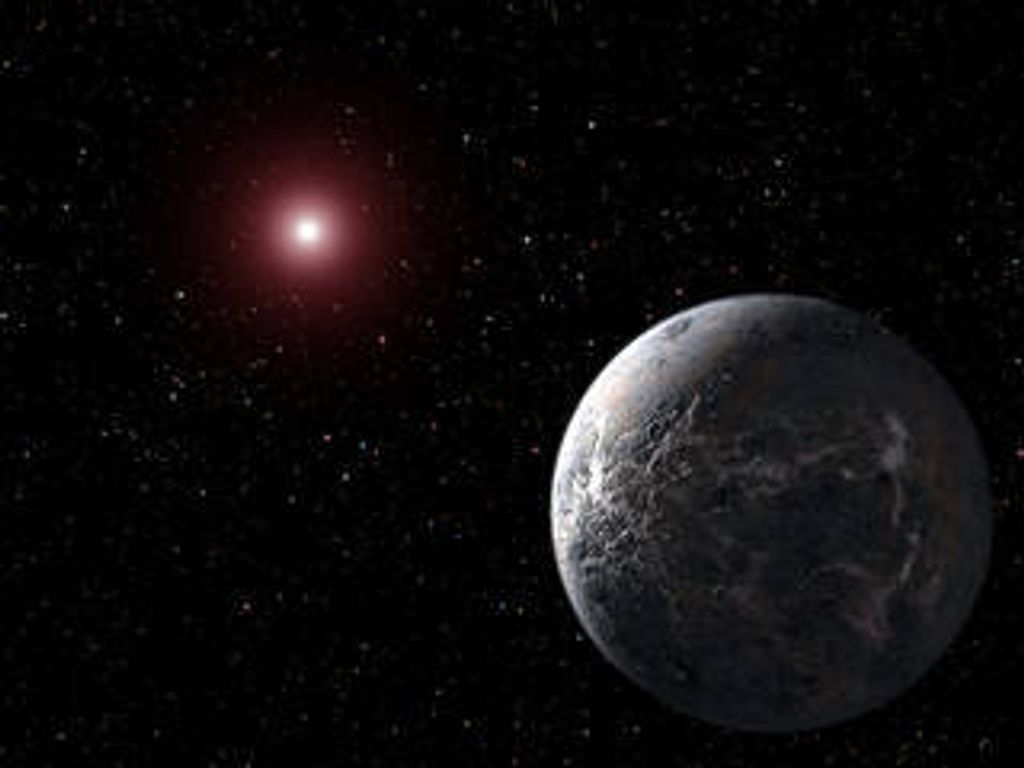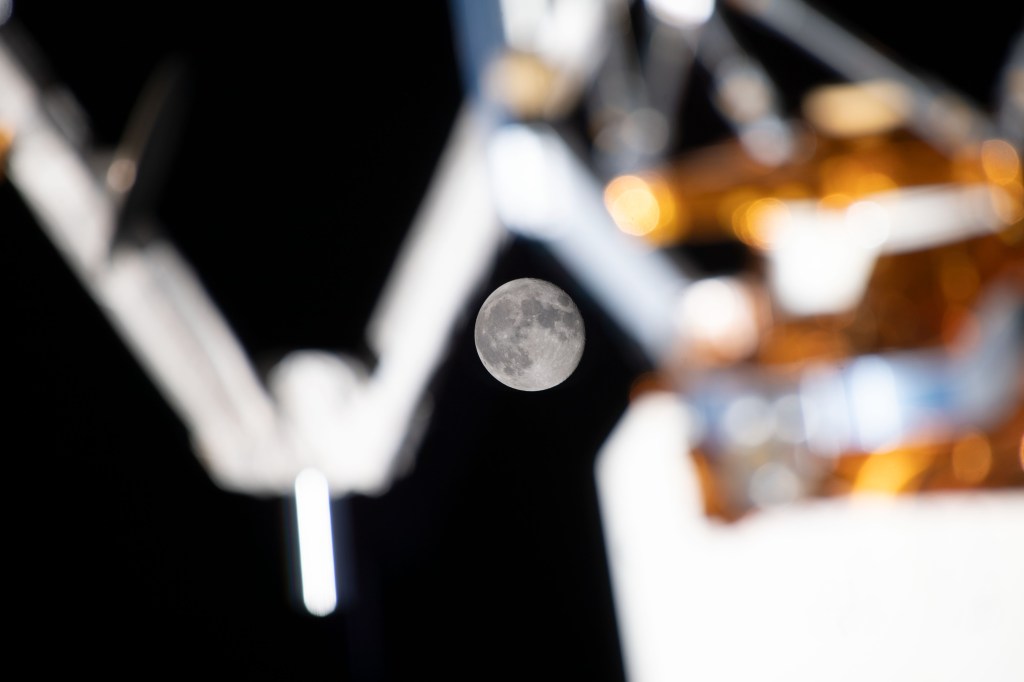A team of astronomers reports that recent NASA Hubble Space Telescope (HST) observations of the nearest Seyfert galaxy, NGC 4395, further support the theory that active galaxies are fueled by a massive black hole at the center.
The researchers say the HST results rule out vigorous star formation as the alternative explanation for the mysterious power source behind quasars and extremely bright galactic nuclei.
"Our observations provide perhaps the most direct evidence to date that normal Seyfert galaxies and quasars are not powered by a burst of star formation," says Alexei V. Filippenko, professor of astronomy at the University of California at Berkeley. "The most likely alternative, then, is the standard model, in which the energy is provided by matter falling into a black hole."
Seyfert galaxies are nearby galaxies with extremely bright central regions that often obscure the much dimmer stars in the surrounding galaxy. Quasars - quasi stellar radio sources - are among the most distant objects in the universe, and are visible from Earth only because they are so bright. Both types of objects, collectively referred to as active galactic nuclei (AGN), give off prodigious amounts of energy. Much of the radiation is in the form of high-energy x-rays and gamma rays.
Observations over the past 30 years have convinced most astronomers that the only object capable of producing such tremendous amounts of energy in a relatively small galactic core is a black hole. A black hole is a theoretical object that is so compact its intense gravity prevents even light from escaping. In the standard model for AGNs, dust, gas and stars falling into the black hole heat up as they collide with one another, releasing tremendous amounts of radiation.
A competing explanation is the starburst hypothesis, which proposes some active galaxies - in particular so-called Seyfert galaxies and some dimmer quasars - are bright because of vigorous star formation at the center. This starburst activity generates massive hot stars that evolve rapidly and explode after a mere 10 million years.
This model, championed by Roberto Terlevich of the Royal Greenwich Observatory in Cambridge, England, predicts that light from the nucleus of an active galaxy should show characteristics of light from very hot stars. In particular, it should show ultraviolet absorption lines - specific wavelengths in the ultraviolet part of the spectrum that are blocked or absorbed by cooler gas in the atmospheres of the stars.
"Terlevich's hypothesis was generally dismissed by astronomers, but we felt it was conceivable that some of the least luminous active galaxies could have enough stars in their nuclei to produce this amount of energy," Filippenko says. "Among astronomers there is a tendency to associate anything mysterious with a black hole, but we thought it was important to test the hypothesis and not jump on the black-hole bandwagon."
The astronomers chose to use NGC 4395 to test the starburst hypothesis because the region around the nucleus is nearly devoid of stars, which could contaminate the spectra and make the findings ambiguous.
Filippenko and his colleagues used the Faint Object Spectrograph aboard the HST to make a seven-hour observation of the nucleus of NGC 4395. They did not detect any absorption lines that could be ascribed to stars in the nucleus. "We can say with confidence that there is no unambiguous evidence that stellar processes are responsible for light emitted by the nucleus of this galaxy," Filippenko says.
In addition, an image of the galaxy obtained with HST's Planetary Camera shows a galactic center at most two light-years across - less than half the distance from our Sun to the nearest star.
"This is smaller than all but the smallest star clusters, which are extremely rare," Filippenko says. "Although the size alone does not rule out the possibility of a star cluster being responsible for the light, it makes this unlikely." He concludes, "The starburst hypothesis doesn't work for this nearby active galaxy, so it probably doesn't work for most others."
The findings are reported in the June 20, 1993 issue of The Astrophysical Journal by Filippenko, graduate student Luis C. Ho, and California Institute of Technology astronomer Wallace L.W. Sargent.
Filippenko and Sargent identified NOC 4395 four years ago as the least luminous and nearest Ciphered galaxy known, based on its spectrum. It is about eight million light-years away in the direction of the constellation Canes Venatici (The Hunting Dogs).
Ciphered galaxies, quasars, and other AGNs are generally thought to comprise only about one of every 100 known galaxies. Based on a survey of more than 500 galaxies over the past ten years, Filippenko and Sargent think the number may be closer to one in ten.
Previous Hubble observations have found additional circumstantial evidence for the presence of massive black holes in the core of active galaxies: dust disks, "light-cones" of ionizing radiation, and extremely dense stellar concentrations that are consistent with theoretical models for the presence of a black hole.
Support for the research was provided by NASA through the Space Telescope Science Institute, and by the National Science Foundation.

